12 Self-Seeding Plants That Keep Coming Back Year After Year
If you want a garden that continues to thrive with minimal work, self-seeding plants are the perfect solution. These plants are known for their ability to reseed themselves, ensuring your garden is always full of color. Once established, they will return year after year, filling in gaps and creating a lush landscape. With self-seeding plants, you can enjoy a beautiful garden without constantly replanting. Discover which plants are best suited for this natural, low-effort approach to gardening.
This post may contain affiliate links, which helps keep this content free. Please read our disclosure for more info.
Coneflower
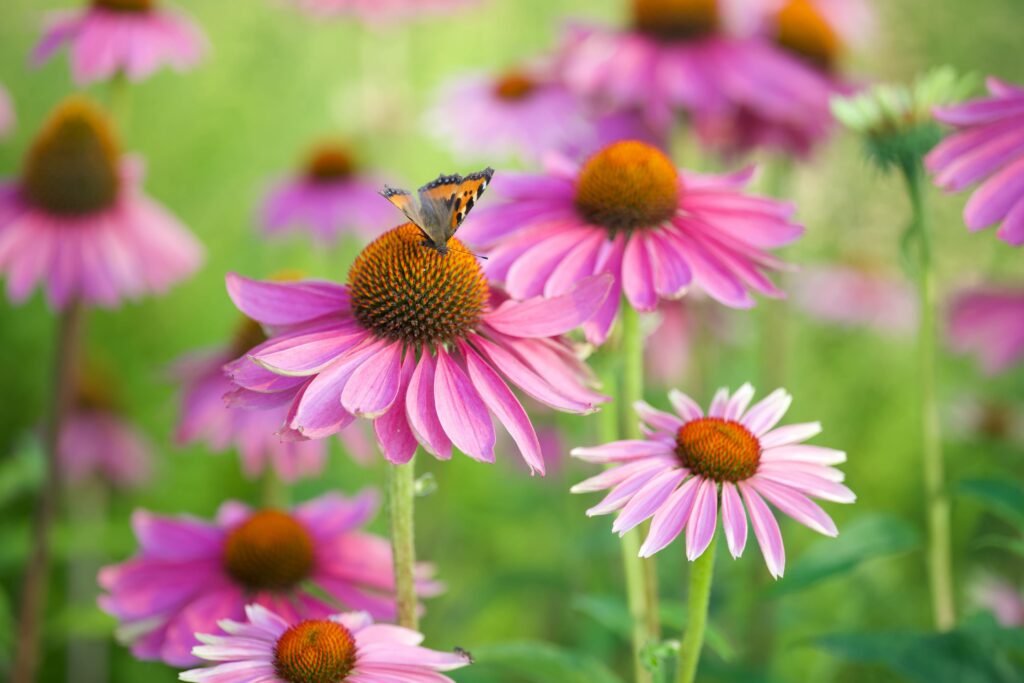
Coneflower is a hardy perennial known for its vibrant purple flowers and ability to reseed itself year after year. This plant grows in full sun and thrives in well-draining soil, typically reaching about 2 to 4 feet in height. It usually begins to bloom in late spring to early summer and will continue to grow for several months, returning every year. To care for coneflowers, simply ensure they have enough sunlight, water sparingly, and deadhead the flowers to promote new blooms.
Coneflowers are not only beautiful but also attract pollinators such as bees and butterflies, adding life to your garden. Their ability to self-seed makes them a perfect low-maintenance plant. These plants thrive in zones 3 through 9 and can survive in a variety of soil types. With minimal care, they will continue to reseed, filling your garden with color every season.
Nigella
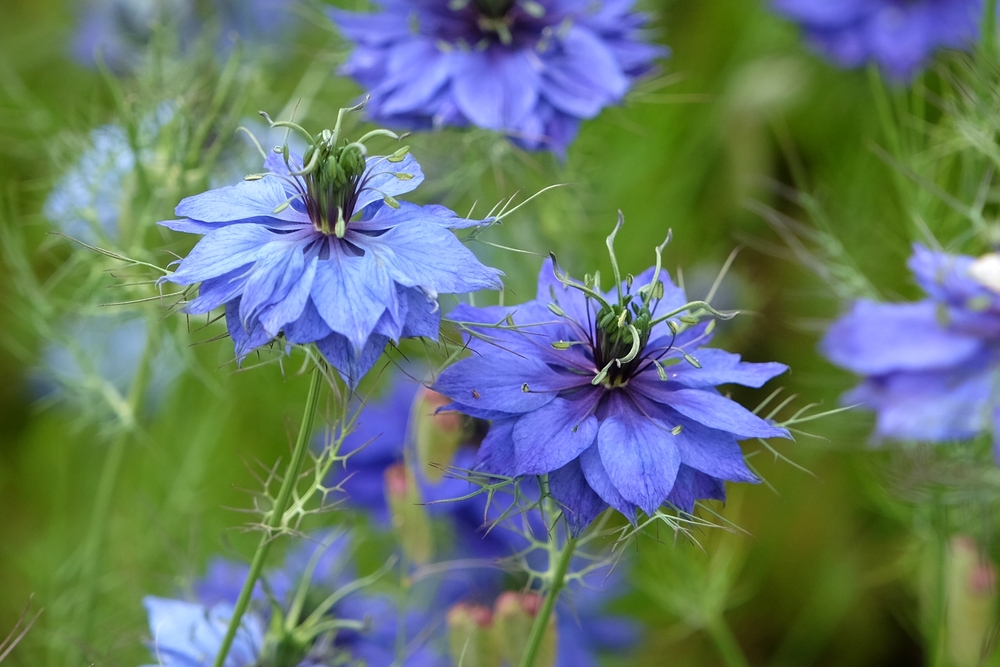
Nigella, also known as love-in-a-mist, is an easy-to-grow self-seeding plant with unique, feathery foliage and striking blue or white flowers. This plant typically grows 1 to 2 feet tall and blooms during the summer months. Once established, it will self-seed, creating new plants each year without any effort on your part. Nigella prefers well-drained soil and full sun but can tolerate partial shade as well.
Nigella is very low-maintenance and requires only moderate watering. It thrives in zones 3 through 9 and is perfect for adding texture and color to garden beds. Once the flowers fade, simply allow the seed pods to dry and they will naturally drop seeds for next year’s growth. This makes Nigella a great option for gardeners looking for a reliable, self-seeding plant.
California Poppy
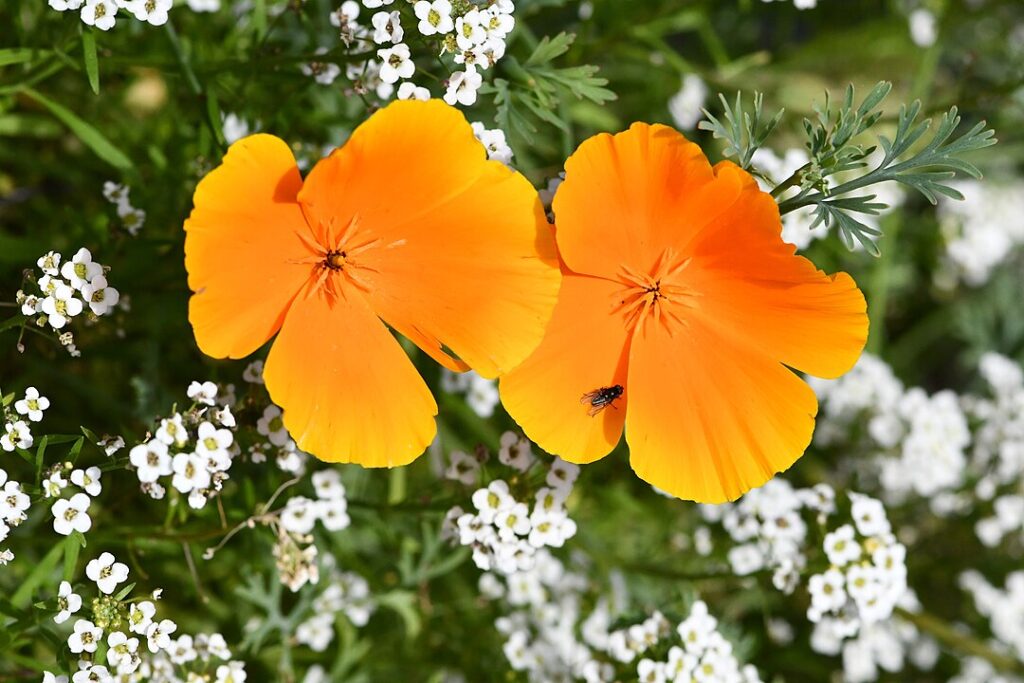
California poppies are beautiful, bright orange flowers that easily self-seed, making them perfect for a low-maintenance garden. They grow best in full sun and well-draining soil, typically reaching a height of about 12 to 18 inches. These poppies bloom from spring to summer and often reappear year after year without much care. California poppies thrive in drought-like conditions and are ideal for gardeners with dry climates.
To care for California poppies, simply water them occasionally and allow them to reseed themselves by leaving the dried seed pods intact. They prefer light, sandy soil and do not require heavy fertilization. These flowers are especially attractive to bees and butterflies, making them a great choice for pollinator-friendly gardens. California poppies thrive in zones 6 through 9 and will naturally reappear every spring.
Black-eyed Susan
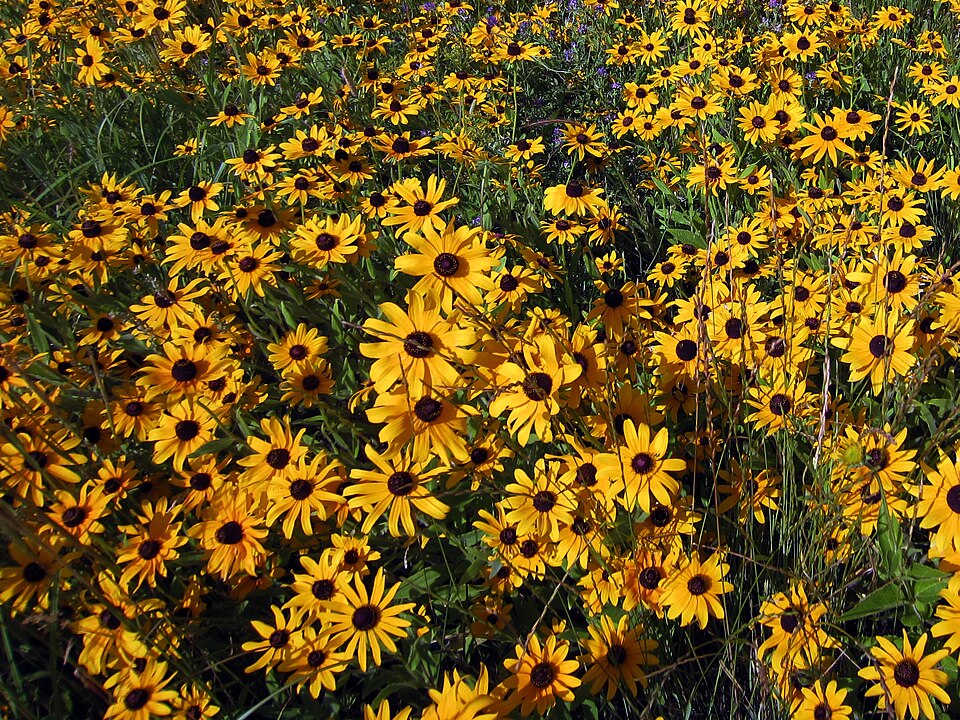
Black-eyed Susans are popular self-seeding plants that add bright yellow color to any garden. These perennials typically grow between 1 to 3 feet tall and bloom in mid to late summer, lasting through early fall. They prefer full sun and well-drained soil but can tolerate some light shade. Black-eyed Susans can easily reseed themselves, filling in the garden year after year with minimal effort.
To care for Black-eyed Susans, water them regularly during dry periods and trim back spent flowers to encourage new growth. Once the flowers fade, leave the seed heads in place to allow the plant to reseed. These plants grow well in zones 3 through 9 and are known for being drought-tolerant once established. With little maintenance, they will continue to thrive and spread throughout your garden.
Self-Seeded Sunflower
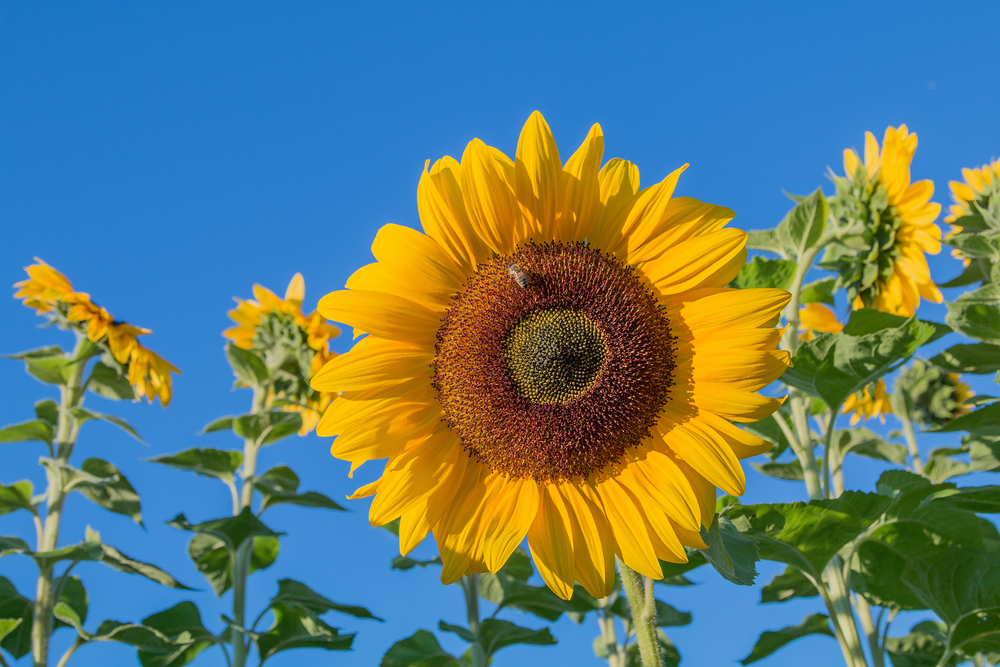
Sunflowers are known for their tall, bright yellow blooms and can easily self-seed to return each year. These plants grow rapidly in full sun and well-drained soil, reaching heights of 3 to 12 feet depending on the variety. Sunflowers generally bloom in late summer and early fall and will reseed themselves once the flowers die off. They are ideal for attracting birds, bees, and other pollinators to your garden.
To care for sunflowers, ensure they receive plenty of sunlight and water them regularly, especially during dry periods. After blooming, let the seed heads dry on the plant so they can naturally drop seeds for next year. Sunflowers grow well in zones 4 through 9 and can adapt to various soil types. These self-seeding plants are perfect for gardeners looking for a colorful, low-maintenance addition to their garden.
Forget-Me-Not
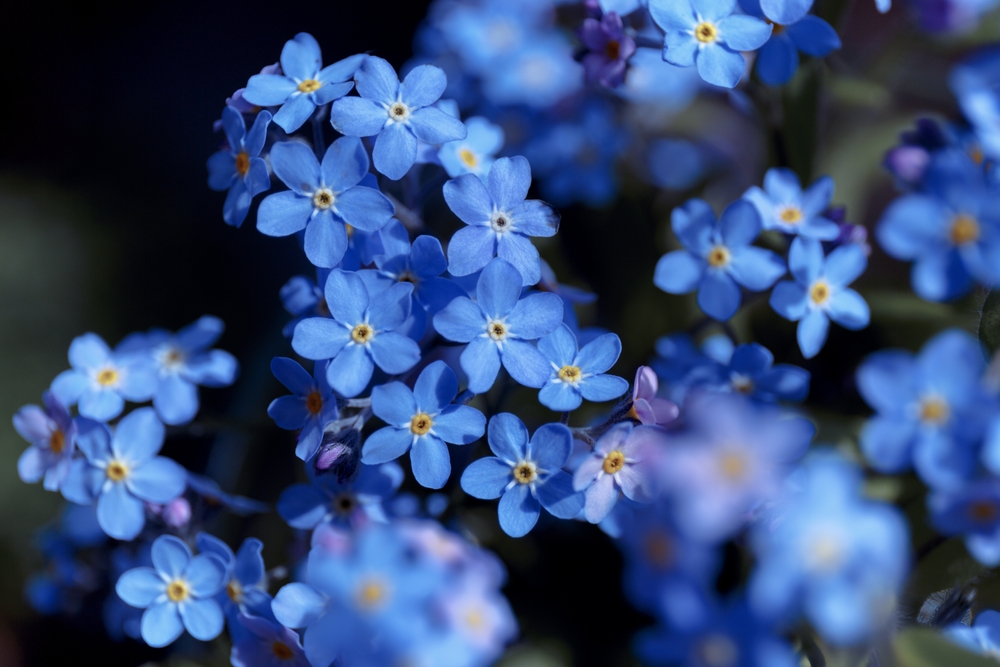
Forget-me-nots are charming self-seeding plants that produce small, blue flowers in spring. These plants typically grow 6 to 12 inches tall and prefer partial to full shade and moist, well-drained soil. Forget-me-nots bloom from early spring to early summer and reseed easily, filling your garden with delicate flowers each year. They are ideal for borders, woodland gardens, or shady spots.
Forget-me-nots are low-maintenance and will thrive in zones 3 through 9. To care for them, water regularly, especially during dry spells, and deadhead the flowers to prevent excessive self-seeding. These plants can grow in both rich soil and less fertile soil, making them versatile. They offer a beautiful and simple addition to any garden that needs a pop of color.
Lamb’s Ear
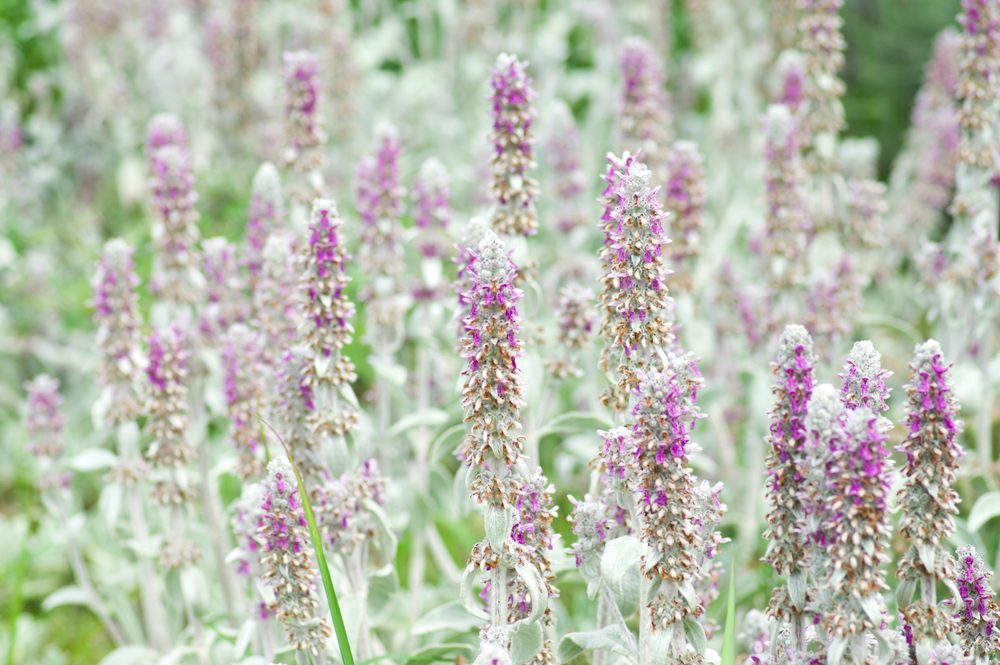
Lamb’s ear is a soft, silvery plant that is known for its fuzzy leaves and ability to spread quickly through self-seeding. This plant grows about 12 to 18 inches tall and blooms in late spring, producing small purple flowers. Lamb’s ear prefers full sun and well-drained soil, and once established, it will self-seed, creating a lush carpet of foliage. It is perfect for ground cover and works well in garden borders or rock gardens.
Lamb’s ear is very drought-tolerant and requires minimal maintenance once established. Simply water occasionally and cut back the flowers to maintain a tidy appearance. This plant thrives in zones 4 through 8 and will naturally spread over time, providing soft texture and color to your garden. Its ability to self-seed makes it a low-effort plant that keeps coming back.
Nasturtium
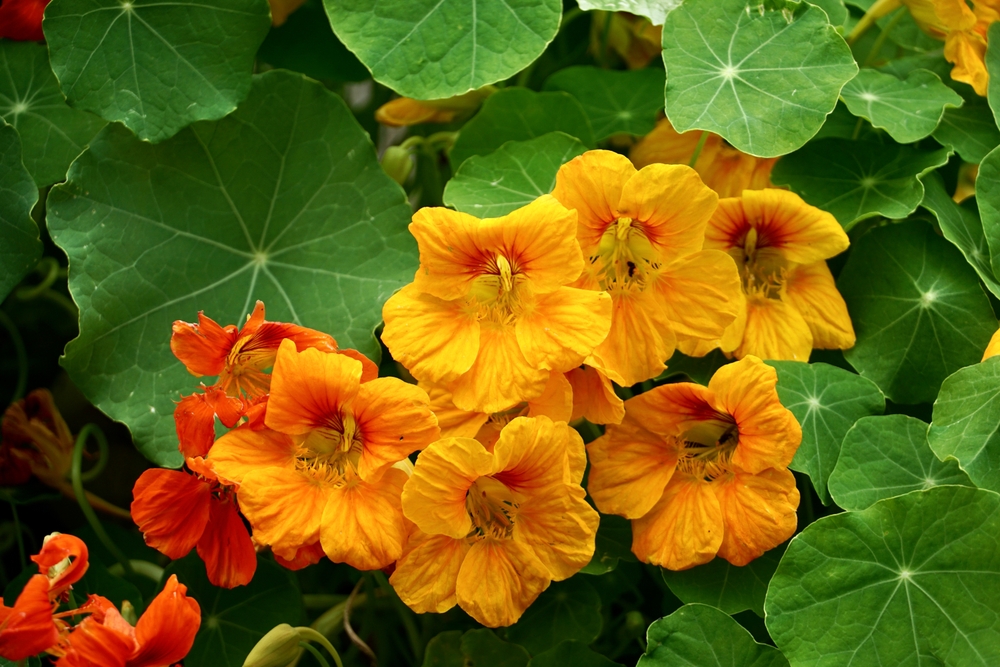
Nasturtiums are vibrant, trailing plants that produce bright, colorful flowers in shades of orange, red, and yellow. These plants grow 12 to 18 inches tall and spread out as they bloom in summer. Nasturtiums thrive in full sun and well-drained soil, making them perfect for containers, hanging baskets, or garden beds. Once the flowers fade, the seeds will fall and self-seed, coming back the following year.
To care for nasturtiums, water them sparingly and ensure they are planted in a sunny location. These plants prefer slightly poorer soil and can even tolerate some neglect. Nasturtiums are great for adding a pop of color and are also edible, with leaves and flowers that can be used in salads. Their self-seeding nature makes them a low-maintenance, colorful addition to your garden.
Borage
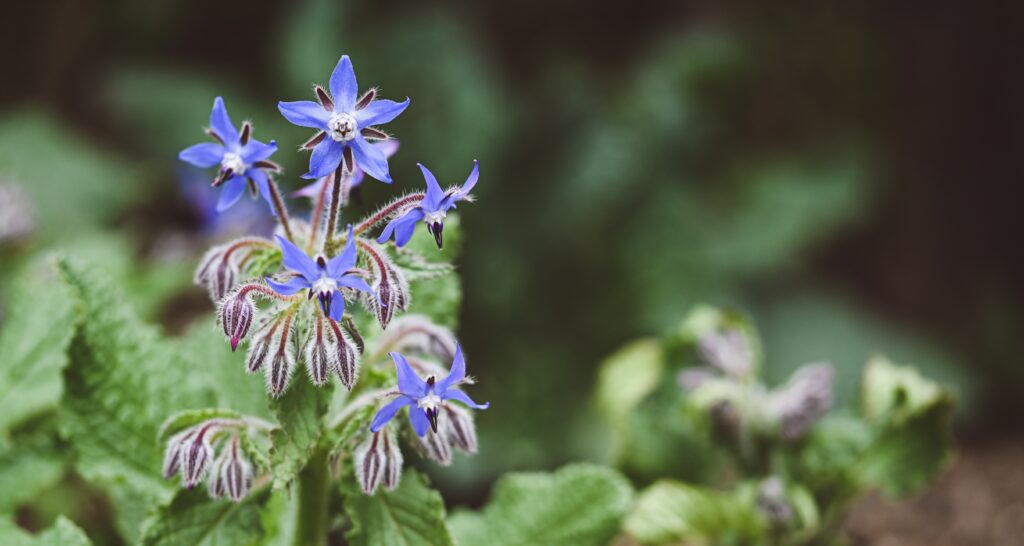
Borage is an herbaceous self-seeding plant known for its striking blue, star-shaped flowers. It grows to about 18 to 24 inches tall and blooms from early summer through fall. Borage thrives in full sun and well-drained soil and will reseed itself once the flowers fade. This plant is often used for its culinary benefits, as its leaves and flowers are edible.
Borage is easy to grow and requires little attention once established. It is particularly attractive to bees and other pollinators, making it a great plant for encouraging wildlife. The plant prefers moderately rich soil but can tolerate dry conditions once it is established. Borage is an excellent self-seeding option for anyone looking to add both beauty and functionality to their garden.
Red Clover
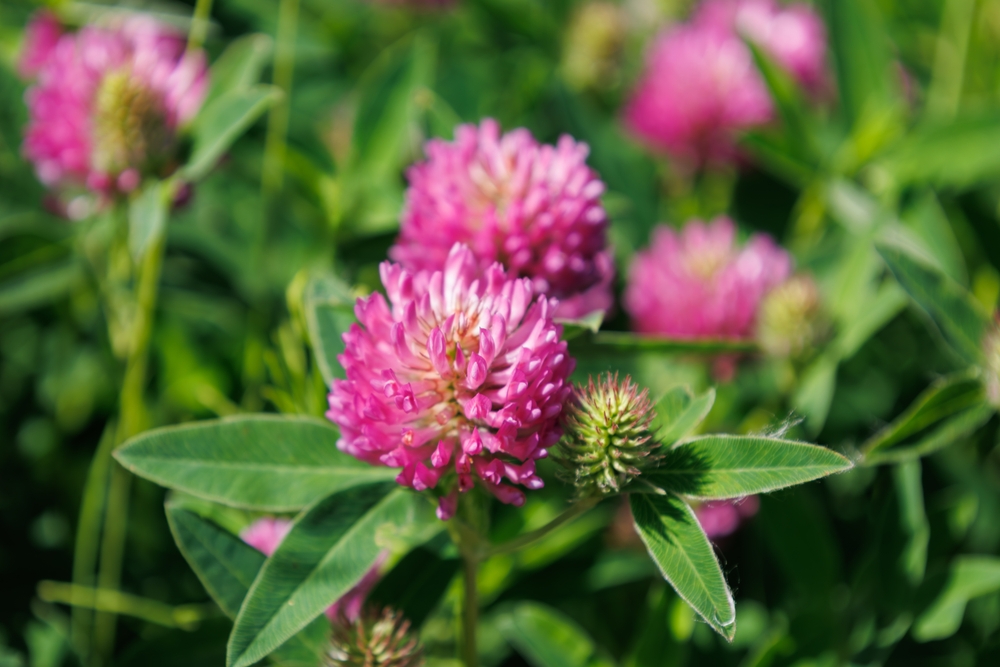
Red clover is a self-seeding legume that produces clusters of pinkish-red flowers, making it an attractive addition to any garden. It grows up to 12 to 18 inches tall and is often used as a cover crop to improve soil health. Red clover thrives in full sun and well-drained soil and will reseed itself, ensuring a continual presence in your garden. It also attracts pollinators, particularly bees.
This plant is very low-maintenance and benefits from occasional watering during dry spells. Red clover is ideal for gardeners looking to improve soil fertility, as it is known to fix nitrogen in the soil. Once established, it will self-seed and spread over time, filling in empty spaces in your garden. Red clover thrives in zones 4 through 9 and provides both beauty and function.
Yarrow
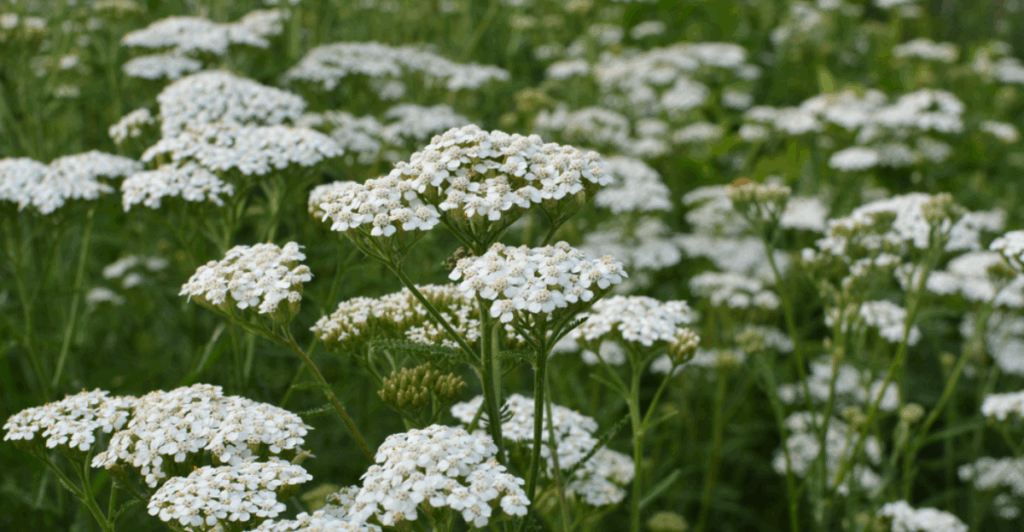
Yarrow is a hardy perennial that produces clusters of small, colorful flowers in shades of yellow, white, or pink. This plant grows 18 to 36 inches tall and blooms from early summer to fall. Yarrow thrives in full sun and well-drained soil, and once established, it will easily reseed itself. It is perfect for garden beds, borders, or even wildflower gardens.
Yarrow is drought-tolerant and requires minimal care once it is established. Simply cut back the flowers after blooming to encourage new growth and reseeding. This plant is also known for its medicinal uses and attracts pollinators like bees and butterflies. Its ability to self-seed makes it a low-maintenance addition to your garden that will return year after year.
Sweet Alyssum
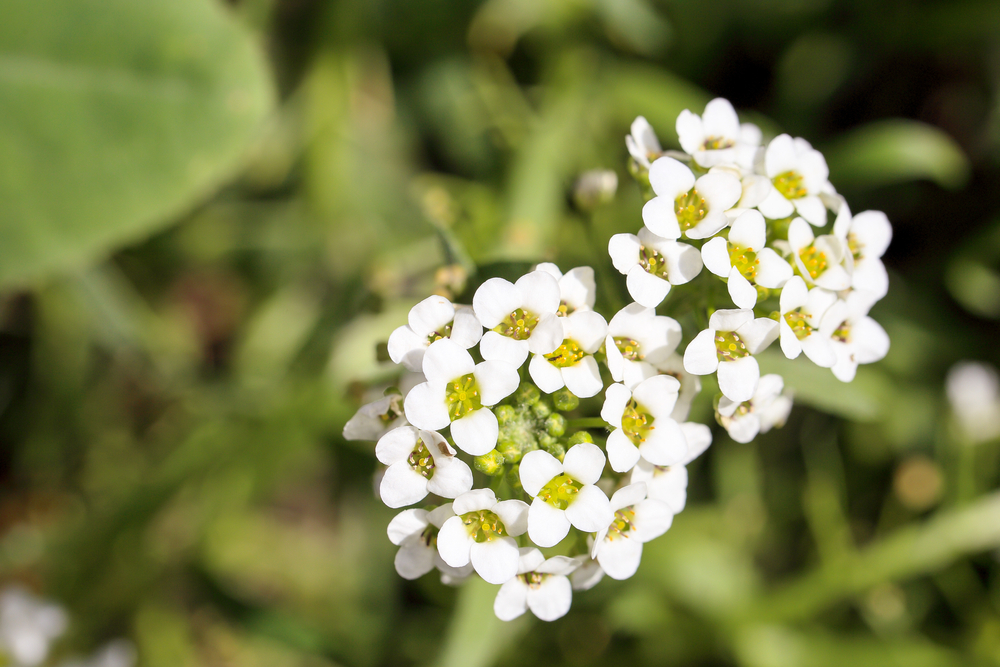
Sweet alyssum is a low-growing, fragrant plant that produces small white, pink, or purple flowers. It typically grows 6 to 12 inches tall and blooms from spring through fall. This plant thrives in full sun to partial shade and well-drained soil, making it perfect for borders, containers, or hanging baskets. Sweet alyssum is known for its ability to self-seed and return year after year with minimal care.
Sweet alyssum is very easy to grow and requires regular watering to keep it thriving. It attracts pollinators, particularly bees, and adds a delightful fragrance to any garden. Once it blooms, the seeds will naturally fall and grow into new plants. This self-seeding plant is perfect for adding color and scent to your garden without much effort.
With their ability to reseed and come back every season, these plants provide lasting color and interest. Let these reliable plants help create a garden that keeps giving with little effort on your part.
This article originally appeared on Avocadu.
